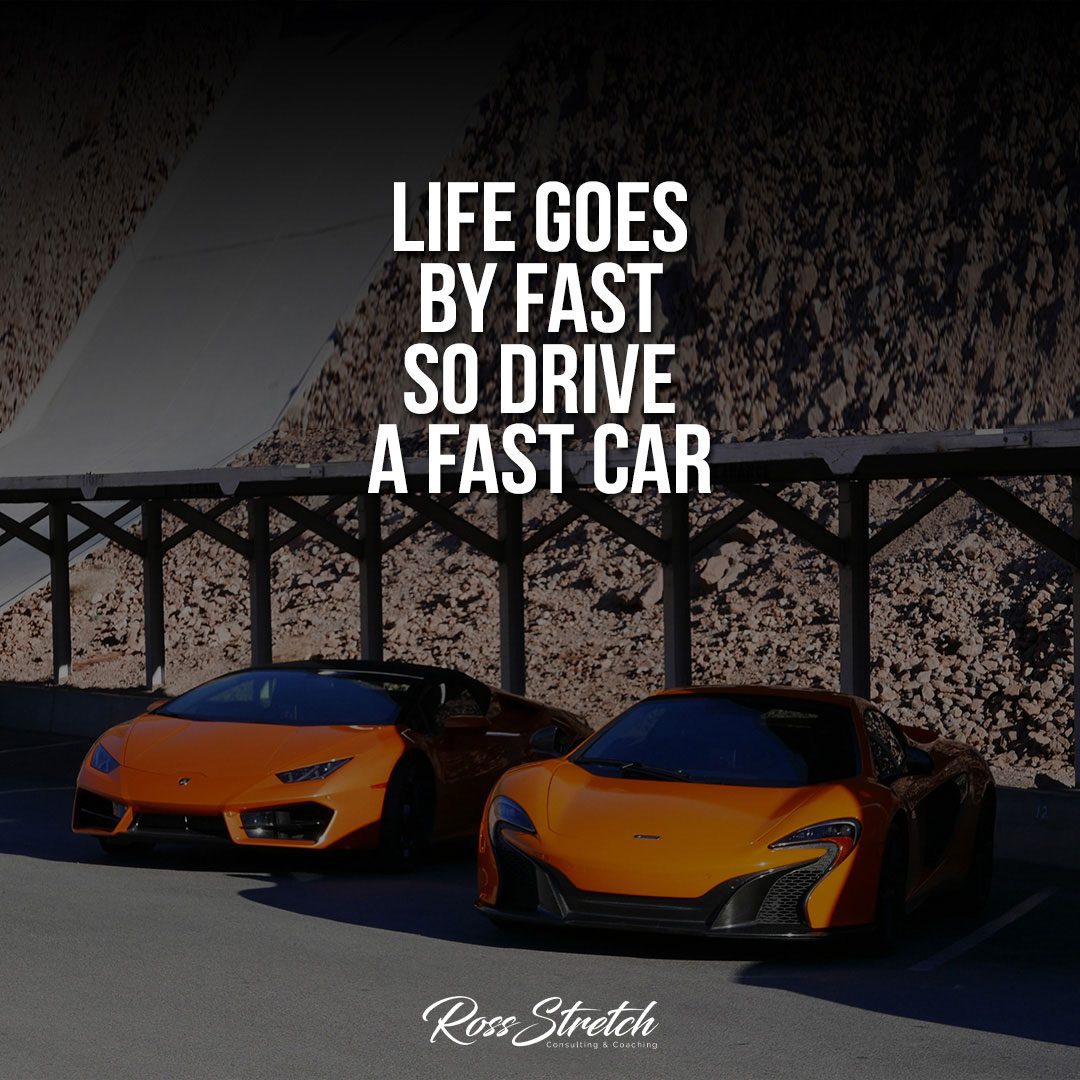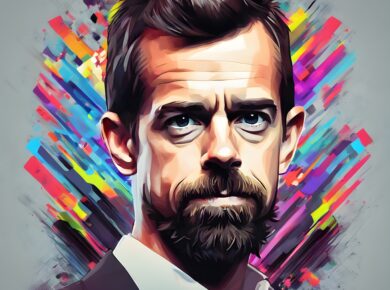Introduction:
The quote “Life goes by fast, so drive a fast car” encapsulates the idea that life is a transient journey, urging us to make the most of every moment. It emphasizes the need to embrace life’s fast pace, seeking thrill and excitement while recognizing the ephemeral nature of our existence. This article explores the deeper meaning behind this quote, encouraging individuals to seize the present, embrace adventure, and find joy in the exhilarating journey of life.
By recognizing the symbolism behind this quote, we are encouraged to live in the present moment, seek adventure, pursue our passions, cherish relationships, and cultivate gratitude.
Ross Stretch
I. The Symbolism of a Fast Car
1.1 Speed as a Metaphor
- Embracing Life’s Pace: Understanding the metaphorical connection between the speed of a car and the swift passage of time in our lives.
- Amplifying Experiences: Exploring how a fast car can enhance our experiences, infusing a sense of adventure and intensity into our daily lives.
1.2 Freedom and Empowerment
- Embracing Freedom: Recognizing the freedom and liberation that comes with the ability to navigate life’s twists and turns at a rapid pace.
- Empowerment and Control: Understanding how driving a fast car can represent taking control of our own destiny and embracing the power to shape our lives.
II. Seizing the Present Moment
2.1 Embracing Mindfulness
- Cultivating Present-Moment Awareness: Practicing mindfulness to fully engage with the here and now, savoring the richness of each passing moment.
- Letting Go of Distractions: Releasing worries about the past or future, immersing ourselves in the present to make the most of life’s fleeting opportunities.
2.2 Living with Intention
- Setting Meaningful Goals: Identifying our passions, dreams, and aspirations to create a purposeful path in life.
- Taking Action: Embracing the urgency to pursue our goals and aspirations, driven by the awareness that time waits for no one.
III. Embracing Adventure and Exploration
3.1 Stepping Out of the Comfort Zone
- Embracing the Unknown: Breaking free from routine and embracing new experiences, discovering the thrill and growth that come with stepping out of our comfort zones.
- Overcoming Fear: Acknowledging that true growth and fulfillment often lie beyond our comfort zones, inspiring us to face our fears head-on.
3.2 Embracing the Journey
- Enjoying the Process: Shifting focus from the destination to the journey itself, finding joy in the experiences, connections, and discoveries along the way.
- Embracing Versatility: Exploring different paths, embracing versatility, and adapting to the ever-changing nature of life.
IV. Cherishing Connections and Moments
4.1 Cultivating Meaningful Relationships
- Nurturing Bonds: Valuing the connections we have with loved ones, cherishing shared experiences, and creating lasting memories together.
- Building Community: Recognizing the importance of building a supportive network and engaging in meaningful interactions with others.
4.2 Gratitude and Appreciation
- Practicing Gratitude: Cultivating a sense of gratitude for the people, opportunities, and experiences that enrich our lives.
- Finding Beauty in Small Moments: Appreciating the simple pleasures and everyday moments that make life meaningful.
Conclusion:
Life is indeed a fast-paced journey, and driving a fast car serves as a metaphor for embracing its exhilarating nature. By recognizing the symbolism behind this quote, we are encouraged to live in the present moment, seek adventure, pursue our passions, cherish relationships, and cultivate gratitude. Let us remember that life is a precious gift, and by embracing its speed, we can make the most of every exhilarating second.
References:
- Muir, J. (2017). Life is a Highway: Wisdom and Wit from the Open Road. Andrews McMeel Publishing.
- Langer, E. J. (1997). The Power of Mindful Learning. Hachette Books.
- Emmons, R. A., & McCullough, M. E. (2004). The Psychology of Gratitude. Oxford University Press.


